In a remarkable wildlife discovery that has thrilled conservationists and nature enthusiasts alike, a wild lynx has been documented in a region where the species had been considered locally extinct for over a century. This extraordinary sighting represents one of the most significant ecological developments in recent decades, offering new hope for biodiversity in areas where human activity had previously driven these magnificent felines to disappearance. The return of this elusive predator marks not only a potential ecological restoration but also raises important questions about habitat preservation, wildlife management, and the delicate balance between human development and natural ecosystems.
The Historic Sighting

The breakthrough observation occurred when wildlife biologists conducting routine camera trap monitoring in a remote woodland area captured unmistakable images of an adult Eurasian lynx (Lynx lynx) moving through the undergrowth shortly before dawn. The distinctive tufted ears, short bobbed tail, and characteristic spotted coat pattern left experts with no doubt about the species identification.
According to Dr. Elena Kovacs, lead researcher on the monitoring project, “We were absolutely stunned when reviewing the footage. At first, we thought there must be some mistake—perhaps a camera malfunction or an introduced animal. But after thorough verification and analysis of the animal’s behavior and physical characteristics, we confirmed it was indeed a wild lynx that had naturally returned to the region after generations of absence.”
The Lynx’s Century-Long Absence
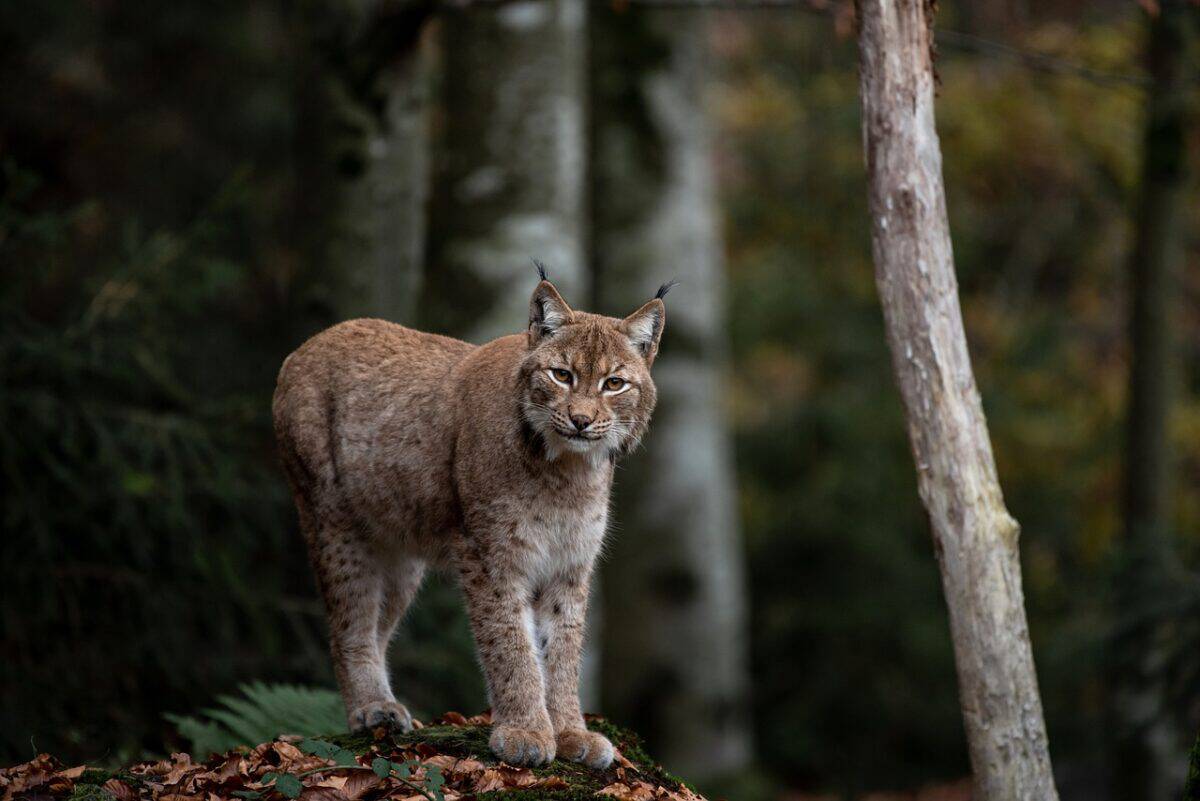
Historical records indicate that lynx populations in this region were systematically eliminated through a combination of habitat destruction, hunting, and persecution in the late 19th and early 20th centuries. The last verified lynx in the area was documented in 1922, when a hunter reported killing what was believed to be the final individual. For the following ten decades, despite occasional unconfirmed sightings and rural legends, no scientifically verifiable evidence of lynx presence existed. This extended absence had led most ecologists to consider the species functionally extinct in the region, with recolonization deemed highly unlikely due to fragmented habitats and anthropogenic barriers like highways and urban development.
Species Profile: The Eurasian Lynx

The Eurasian lynx is the largest of the four lynx species and one of Europe’s few remaining large predators. Adults typically weigh between 18-30 kg (40-66 pounds), with males generally larger than females. Their powerful, compact bodies are perfectly adapted for their hunting style—short bursts of speed followed by ambush. Most distinguishing are their triangular ears topped with characteristic black tufts, short “bobbed” tails with black tips, and prominent ruffs of facial fur that give them a bearded appearance. Their coat varies from reddish-brown in summer to more silvery-gray in winter, patterned with dark spots that can vary considerably between individuals. Unlike many feline species, lynx are primarily solitary except during breeding season, and they maintain large territories spanning 20-400 square kilometers depending on prey availability.
The Mystery of Return: Natural Migration or Reintroduction?
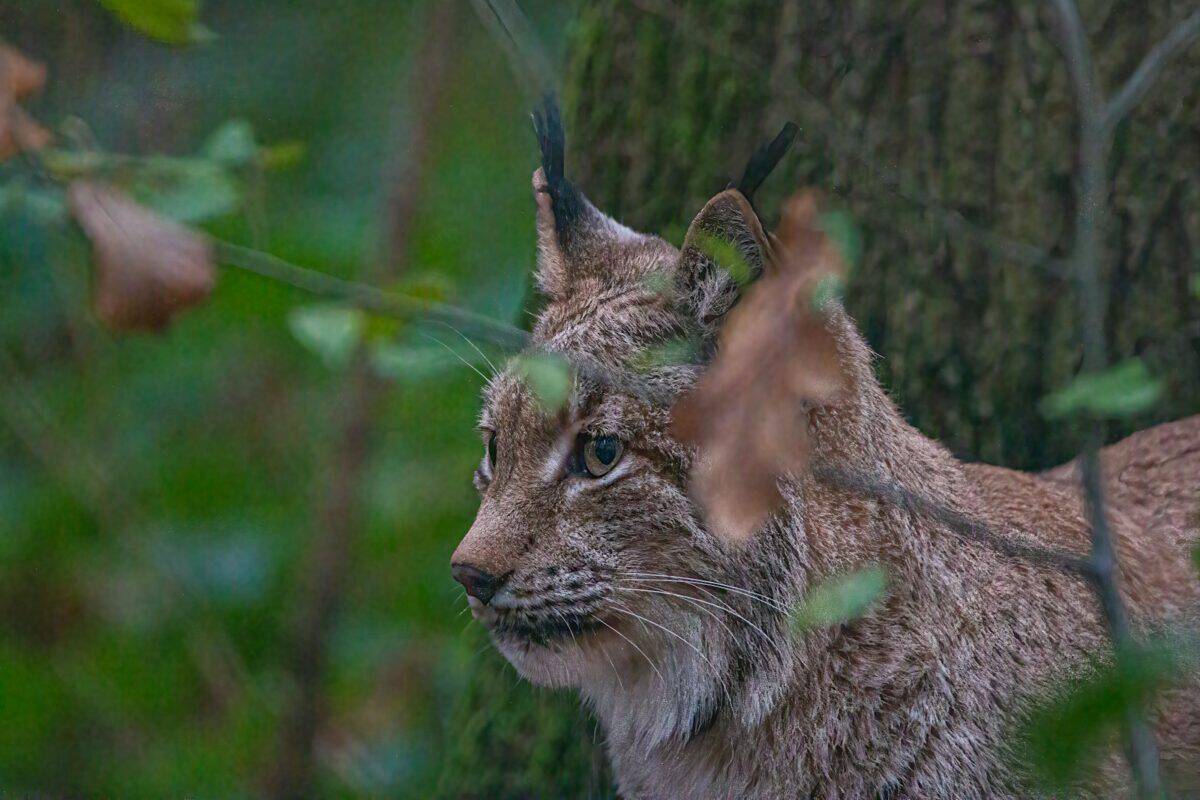
The unexpected appearance of the lynx has sparked scientific debate about its origin. The two prevailing theories are natural migration from a distant population or an undocumented, possibly illegal, reintroduction by wildlife enthusiasts. Genetic testing of hair samples collected from vegetation where the lynx was recorded is currently underway to determine the animal’s likely population of origin. “If this is a case of natural recolonization, it would represent one of the most significant range expansions for the species in modern history,” explains Dr. Marcus Peterson, carnivore conservation expert at the National Wildlife Institute. “However, we cannot rule out human intervention, as there have been cases of unauthorized releases in other parts of Europe.” Initial analysis of the animal’s movement patterns and behavior suggests it is indeed a wild individual rather than a captive-raised specimen, but definitive conclusions await the genetic results expected within the next two months.
Ecological Significance of the Lynx’s Return
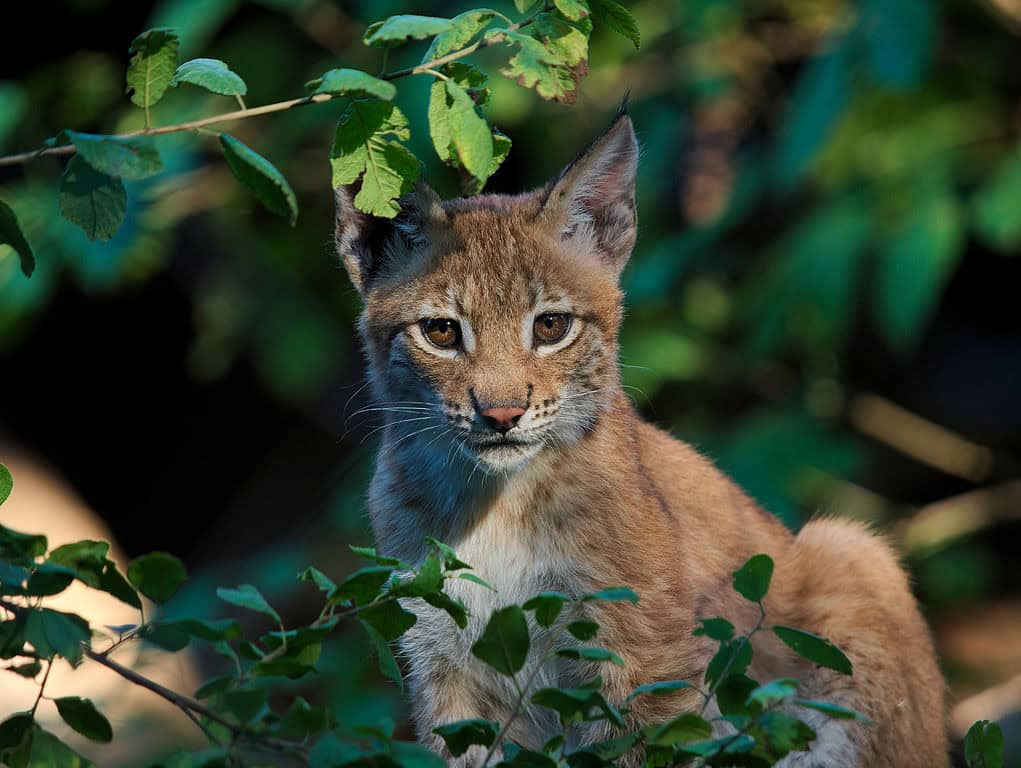
The potential reestablishment of lynx in the ecosystem carries profound ecological implications. As apex predators, lynx play a crucial role in regulating prey populations, particularly medium-sized herbivores like roe deer and hares. Their hunting pressure can initiate trophic cascades that ultimately affect vegetation patterns and forest regeneration. Research from other regions where lynx have returned shows they can help control deer populations that, when unchecked, often overgraze saplings and prevent forest renewal.
Additionally, lynx presence may influence the behavior of smaller predators like foxes and martens through competition and direct confrontation, potentially increasing overall biodiversity by reducing pressure on small mammals and ground-nesting birds. “The return of the lynx isn’t just about having one more species on the checklist,” notes wildlife ecologist Dr. Sarah Coleman. “It’s about restoring essential ecological processes that have been missing for generations.”
Conservation Status and Protection Measures
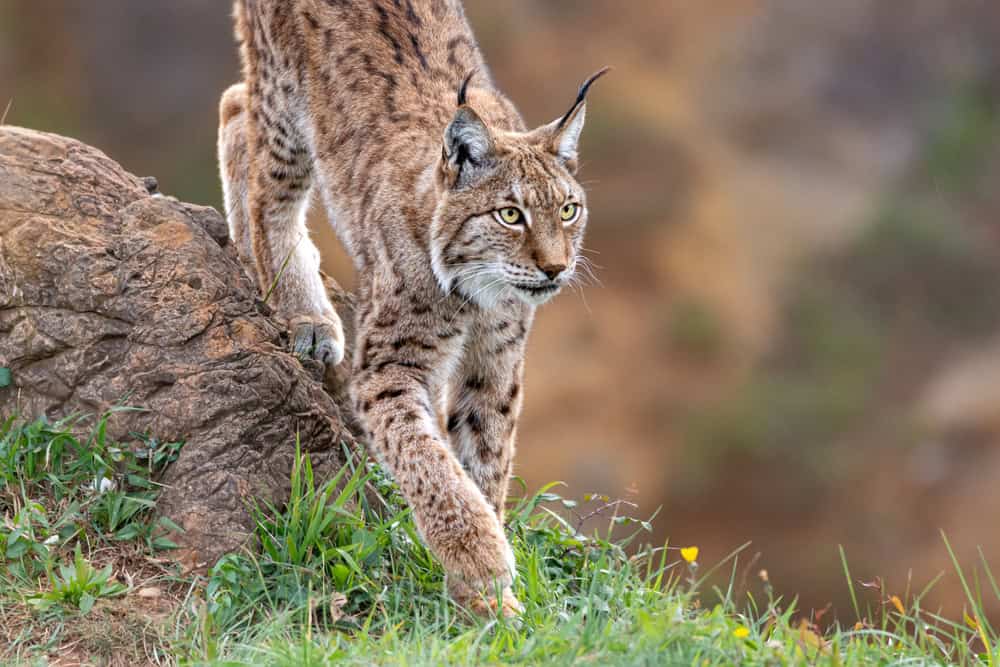
Following the confirmed sighting, environmental authorities have implemented immediate protective measures for both the lynx and its habitat. The Eurasian lynx is protected under Appendix III of the Bern Convention and Annexes II and IV of the EU Habitats Directive, making it illegal to hunt, capture, or disturb them or their breeding sites. Local wildlife agencies have established an emergency management protocol that includes increased anti-poaching patrols, temporary restrictions on recreational activities in core areas, and a moratorium on planned timber harvesting operations within a 50-square-kilometer buffer zone around the sighting location. Additionally, a specialized monitoring team has been deployed with enhanced camera trap networks and non-invasive DNA collection methods to track the animal’s movements and potentially identify if more than one individual is present in the area.
Public Reaction and Local Sentiments

The news of the lynx’s return has generated mixed reactions among local communities. While conservation organizations and many urban residents have celebrated the development as a conservation success story, some rural inhabitants, particularly livestock farmers, have expressed concerns about potential conflicts. “We’ve lived for generations without having to worry about predators taking our animals,” states local sheep farmer Henrik Johansson. “Now we’re expected to change our practices overnight.” To address these concerns, wildlife authorities have organized community information sessions and are developing a compensation program for verified livestock losses.
Conservationists emphasize that lynx rarely target domestic animals when wild prey is available, and simple preventive measures like guard dogs and night enclosures can minimize risks. Public opinion surveys conducted in nearby towns show approximately 73% of residents support protecting the returned lynx, 18% oppose its presence, and 9% remain undecided, highlighting the importance of inclusive stakeholder engagement in wildlife management decisions.
Similar Recovery Stories Around the World

The lynx sighting adds to a growing list of wildlife comebacks occurring globally. In Europe, wolves have naturally recolonized parts of Germany, Netherlands, and Belgium after more than a century of absence. North America has seen the natural return of mountain lions to the Midwest and successful reintroductions of wolves to Yellowstone National Park, with documented ecological benefits. These cases provide valuable comparative data for managing the lynx’s return.
“What we’ve learned from these other recovery situations is that early engagement with communities is essential,” explains Dr. Elisa Montoya, human-wildlife conflict specialist. “Proactive management before conflicts arise has proven much more effective than reactive measures after problems develop.” The successful coexistence strategies implemented in these parallel cases—including livestock protection programs, education initiatives, and inclusive decision-making processes—are now being adapted for the lynx recovery situation.
Scientific Monitoring and Research Opportunities

The unexpected return presents a rare research opportunity that scientists are eager to exploit. A multi-disciplinary team of biologists, ecologists, and environmental sociologists has secured emergency funding to establish a comprehensive monitoring program. This includes plans to safely capture and outfit the lynx with a GPS collar if possible, deploy additional camera traps throughout potential habitat areas, and establish a citizen science reporting system for potential sightings.
“This is a once-in-a-career chance to document the process of recolonization from day one,” explains wildlife biologist Dr. Thomas Weber. “We can study everything from hunting behavior and habitat selection to genetic adaptation and interactions with existing wildlife communities.” The research team has already identified key questions they hope to answer, including whether the lynx will establish a permanent territory, if it will attract potential mates from distant populations, and how its presence will affect deer behavior and forest vegetation patterns over time.
Habitat Requirements and Challenges
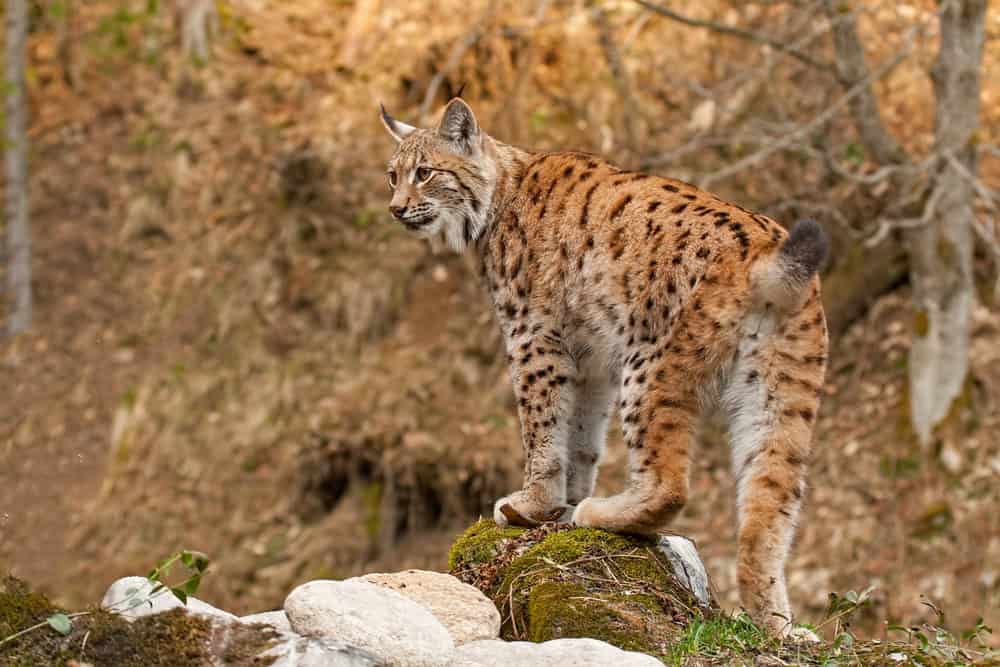
For the lynx to establish a permanent presence, adequate habitat conditions are essential. These elusive cats require large territories with dense forest cover, abundant prey, and minimal human disturbance. Initial habitat suitability assessments indicate the region could potentially support a small population of 10-15 individuals, though fragmentation remains a significant concern. Major highways bisect some of the most promising habitat areas, creating dangerous barriers for dispersing animals. Environmental organizations are advocating for wildlife crossing structures at key locations to reduce collision risks and improve habitat connectivity.
Additionally, the increased popularity of outdoor recreation in recent years poses potential disturbance challenges. “Lynx are incredibly sensitive to human presence,” explains conservation biologist Dr. Anna Petersen. “They’ll abandon areas with too much human activity, even if those areas are otherwise perfect habitat.” Wildlife managers are now developing a spatial plan that balances recreational access with core conservation zones where human entry would be limited during sensitive periods like denning season.
Cultural and Historical Significance

The lynx holds deep cultural significance in regional folklore and historical identity. Archaeological evidence indicates the species featured prominently in ancient cave paintings dating back 25,000 years, while medieval heraldry often incorporated lynx imagery as a symbol of keen sight and hunting prowess. Traditional place names throughout the region—Lynx Valley, Cat’s Ridge, and Hunter’s Pass—testify to the animal’s historical presence in local consciousness. Linguistic researchers have documented over 30 regional folk tales featuring lynx characters, typically portraying them as mysterious forest guardians or symbols of wilderness wisdom.
The cultural memory of the lynx persisted long after the animal’s physical disappearance, with regional arts and crafts continuing to depict the species and annual festivals celebrating forest heritage often featuring lynx symbolism. Cultural historian Dr. Marina Volkova notes, “The lynx never truly left the cultural identity of this region, even when it vanished from the landscape. Its physical return represents a kind of cultural healing—a reconnection with an element of natural heritage that shaped local identity for millennia.”
Looking to the Future: Recovery Prospects
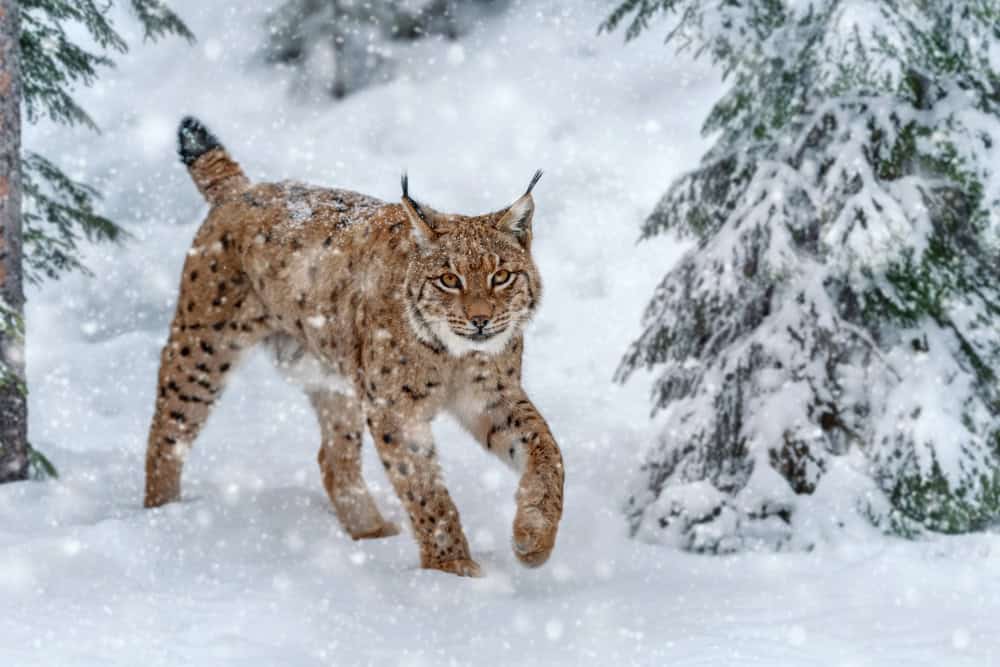
Wildlife experts remain cautiously optimistic about the prospects for lynx recovery in the region. Computer modeling suggests that if protection measures succeed and habitat connectivity improves, a viable population could establish within 15-20 years through a combination of natural immigration and potential future reintroduction efforts. However, significant challenges remain, including climate change impacts on forest ecosystems, continued urban expansion, and the need for cross-border cooperation since lynx territories often span international boundaries.
A draft lynx management plan proposes a phased approach beginning with robust protection of any naturally occurring individuals, followed by habitat enhancement measures, and potentially supplementary releases if natural recolonization proves insufficient. Public consultations on this plan are scheduled to begin next month, with final policy decisions expected by year’s end. Conservation groups are actively fundraising to support both immediate monitoring needs and long-term recovery efforts, with nearly €2.3 million secured thus far from public and private sources.
Conclusion
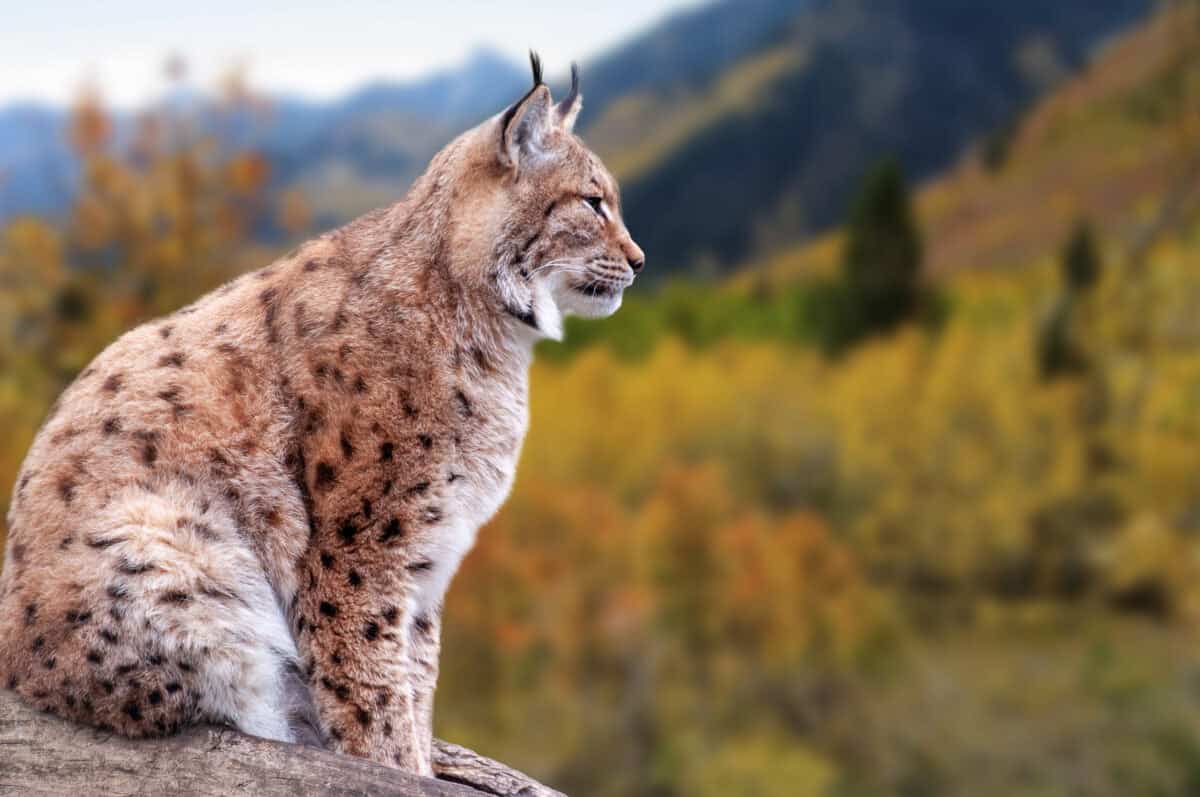
The return of the wild lynx after a century-long absence represents far more than a singular wildlife sighting—it embodies nature’s remarkable resilience when given even the slightest opportunity to recover. This development challenges our assumptions about what is possible in conservation, suggesting that with proper protection and habitat management, even species long considered locally extinct might find their way back.
As researchers continue to monitor this pioneering feline and communities grapple with the implications of sharing their landscape with a returning predator, the situation offers valuable lessons about coexistence, ecological restoration, and the profound interconnections between cultural and natural heritage. The lynx’s soft-footed return into a human-dominated landscape not only writes a new chapter in this region’s natural history but also invites us to reimagine a future where wild creatures once thought lost might again find their place in our shared world.
- Why You Should Never Approach a Bear - August 24, 2025
- New Record: The Longest Eagle Flight Ever Tracked - August 24, 2025
- The Most Dangerous US States for Animal Attacks - August 24, 2025

